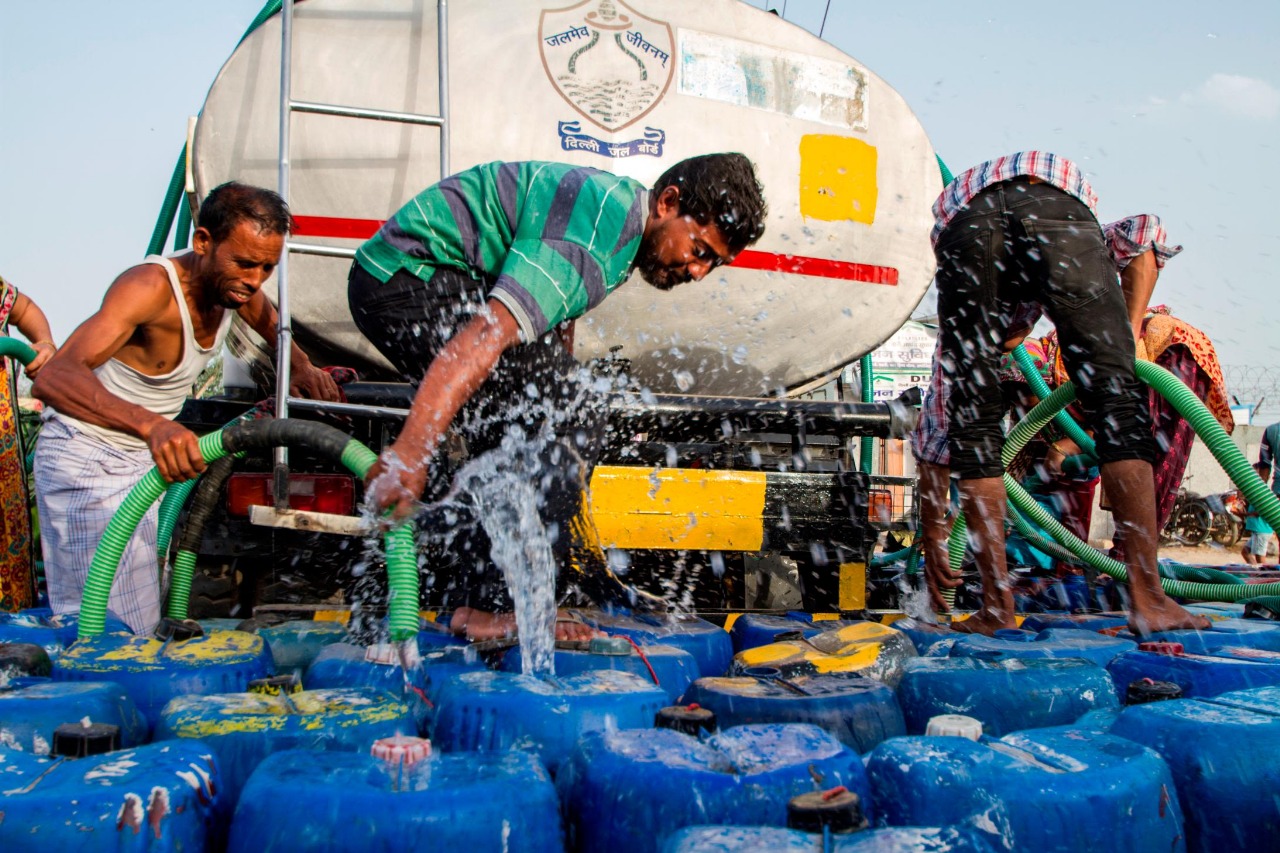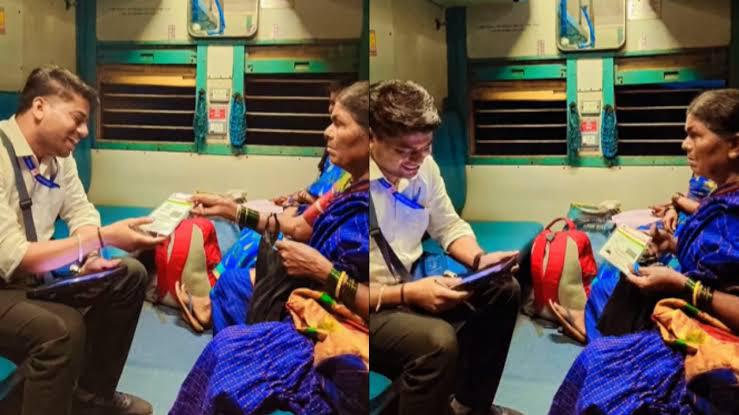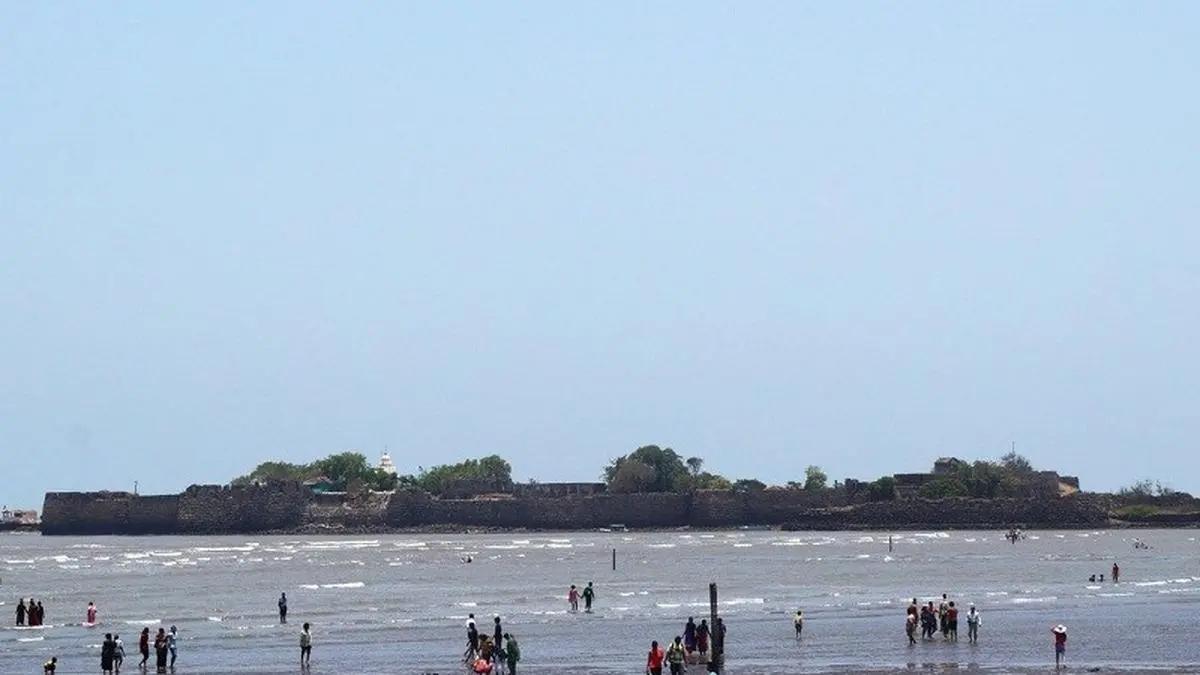India’s water crisis is a tough reality, and it’s not just about dry taps or empty wells. The problem is complex, and these five maps help break it down so you can see where things stand, what’s at risk, and where there’s hope.
1. Per Person Water Supply: The Numbers Are Falling
India’s water supply per person has dropped to about 1,341 cubic meters a year. That’s uncomfortably close to the global “water scarcity” line of 1,000 cubic meters. States in the north and west, like Rajasthan, Haryana, and Punjab, are already below that mark. The pressure is growing as the population rises and rainfall patterns shift.
2. Where Groundwater Is Running Out
More than a third of India’s districts are now labeled “critical” or “overexploited” for groundwater. Punjab, Haryana, Delhi, and parts of Rajasthan and Tamil Nadu are in the worst shape, with water tables dropping below 40 meters in some places. Since 85% of rural India depends on groundwater, this is a big deal.
3. Drought Zones: The Dry Patch Is Spreading
About 14% of India’s land is facing moderate to severe drought as of early 2025. Central and western states like Maharashtra, Gujarat, and Karnataka are feeling it the most. These areas are seeing less rain and hotter temperatures, which only makes the water shortage worse.
4. Cities Where Water Is Scarce
Big cities aren’t immune. Bengaluru, Chennai, Delhi, Mumbai, and Hyderabad are all struggling with water shortages. In Bengaluru and Chennai, half the borewells have dried up, so many people have to buy water from tankers. Urban growth is outpacing the water supply, and the gap is getting wider.
5. Where Solutions Are Working
It’s not all bad news. Some regions are making progress with water conservation. Gujarat has had success with aquifer recharge, and Rajasthan is seeing results from large-scale rainwater harvesting. Community efforts and smarter management are starting to make a difference, showing that change is possible if people work together.
India’s water crisis is serious, but it’s not hopeless. These maps show where the problems are most urgent and where people are finding ways to adapt. The challenge is big, but so is the potential for solutions.
Sources: NITI Aayog, Drishti IAS, Statista, The Hans India, Ground Report, Hindustan Unilever Foundation






